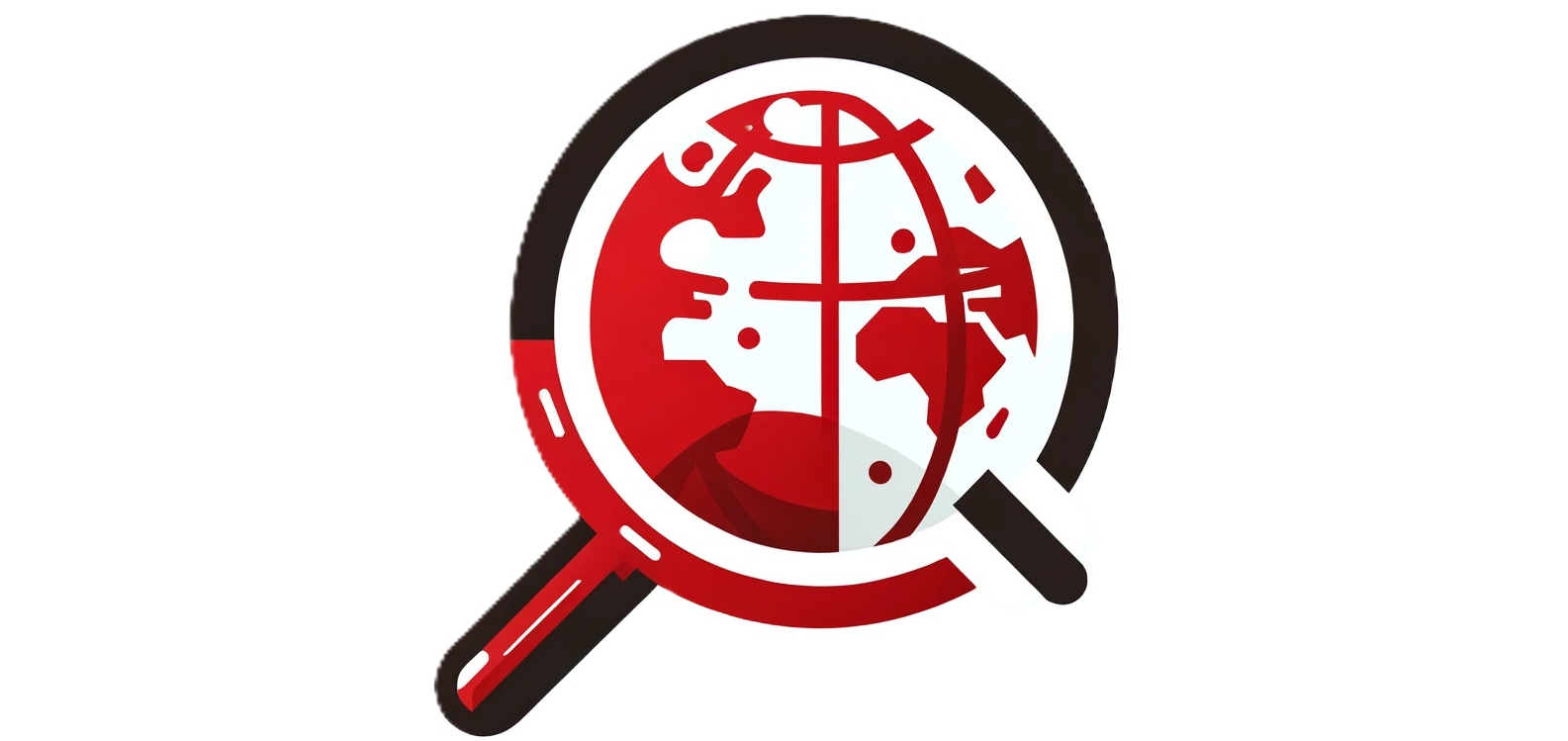When sourcing LED screens and other electronic final products from overseas, it’s important to perform a quality check before they’re shipped to you. The intricate manufacturing process spans multiple sub-factories and assembly plants and a minor inconsistency can drastically compromise the end product’s quality.
To navigate the complexities with quality control in the electronics industry, many businesses turn to third-party inspector to inspect the goods prior to shipment. But how are these inspections performed? In this article, we’ll spotlight the general process our inspectors follow during an LED screen third-party inspection.
LED Screen Inspection Checklist
To confirm whether the produced TV screen matches your set quality criteria and detailed specifications, our inspector usually carries out an evaluation during the pre-shipment phase. By this point, the product is in its final form, complete with all electronic components, presenting a full view for an in-depth assessment.
Here’s what our inspector assesses:

1. Quantity Verification
To ensure you get what you’ve paid for, our inspector begins by verifying the total number of goods against the purchase order.
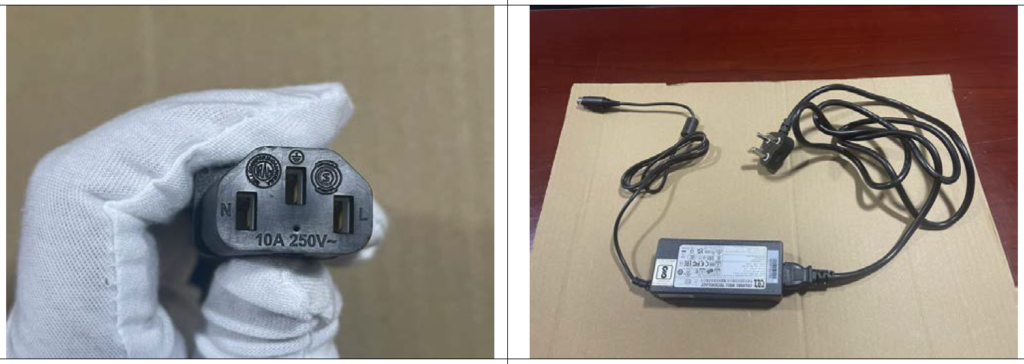
2. Workmanship Assessment
At this stage, our inspector evaluates the LED screen’s overall craftsmanship. This may include field tests such as:
- Hi-Voltage Check: Confirming the TV’s ability to withstand peak voltage without malfunctioning.

- Function Check: This involves:
- Verifying screen resolution and color accuracy.
- Ensuring all ports, buttons, and switches function properly.
- Checking sound quality, especially if the TV has built-in speakers.
- Testing remote control functions.
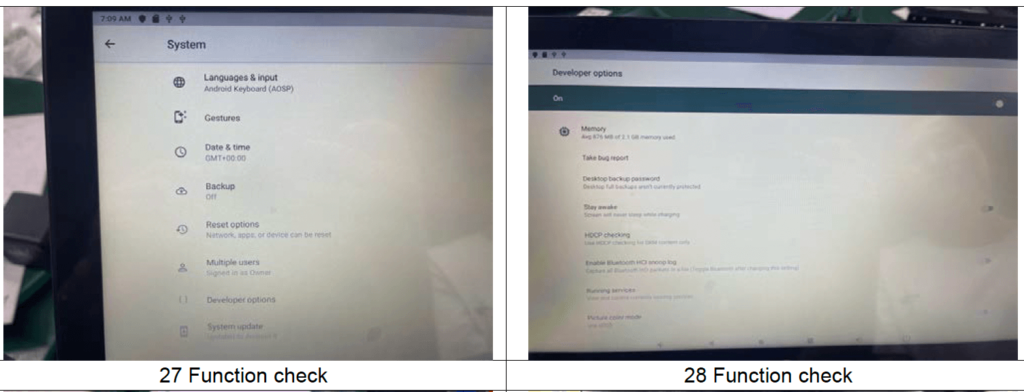
3. Style, Color and Documentation
The products are checked for consistency with the purchase order and product specifications. This means verifying that the dimensions correspond accurately to the stipulated specifications, which may include:
- Product Dimension Check: Validating the screen’s dimensions by measuring it.
- Product Weight Check: Checking the TV’s weight.
4. Field Test and Measurement
Given the complex nature of electronic screen, strict quality standards and regulations, the inspector evaluates the products using several specific criteria, which may generally include:
- Carton Gross Weight Check: Verifying the carton’s weight.
- Smell Check: Verifying that there’s no unusual odor emanating from the TV.
- Rub Test: Examining the screen’s surface resilience to rubbing.
- Tape Test: Assessing the screen’s response to tape application and removal.
- Transportation Drop Check: Testing the screen’s resilience to potential drops during transit.
- Power On Check: Confirming its functionality when powered on.
- Switch Life Check: Evaluating switch durability and lifespan.
- Stability Test: Checking stability during usage.
- Internal Check: Inspecting internal components and connections, confirming that all components are placed securely and of the stipulated quality.
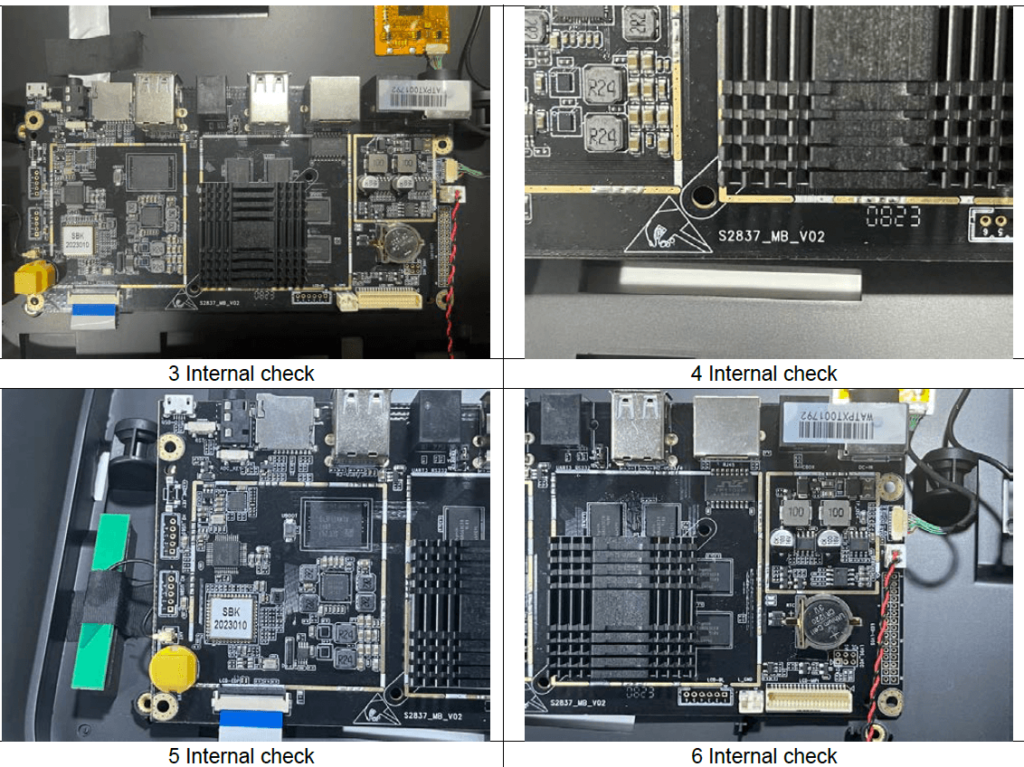
- Barcode Readability Check: Verifying barcode accuracy and readability.
- Brightness Check: Ensuring brightness levels align with specified limits by using an apparatus.
- External Webcam Test: Testing the webcam’s performance.
- Micro USB 2.0 Port Check: Assessing the port’s functionality.
- Bluetooth/Wi-Fi Connectivity Check: Testing the TV display’s connectivity features like Bluetooth and Wi-Fi.
For more information, read our guide how third party inspectors test electronics components.
5. Shipping Mark and Packaging
In this concluding phase, our inspector ensures the product is primed for transport by validating the accuracy and legibility of shipping marks and cross-reference provided information with documentation and purchase orders. There’s also a check to see if the manufacturer has used suitable protective materials in the packaging to reduce potential damage during transit.
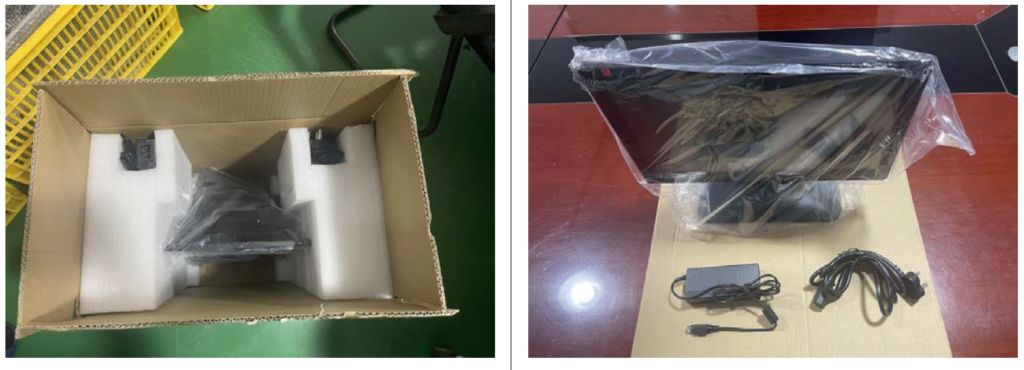
Conclusion: LED Screen Inspection: A Third-Party Checklist Breakdown
Quality control in LED screens is important due to the intricate manufacturing procedures that can lead to variations in quality. To address these risks, many buyers commission pre-shipment inspections of LED screens through a third-party inspection company. In this article, we outlined the five main phases highlighted during an LED screen inspection, including: quantity verification, workmanship assessment, style, color, and documentation verification, field test and measurement, and checks for shipping marks and packaging.
At AQM BD, with over 25 years of experience, we’ve been assisting businesses with quality control checks on their electronic products. We have a presence in 40+ countries, notably in major LED screen-producing countries such as China, India, and Vietnam. If you have any questions about LED screen inspections or need our services for inspecting your goods, please don’t hesitate to contact us today!
